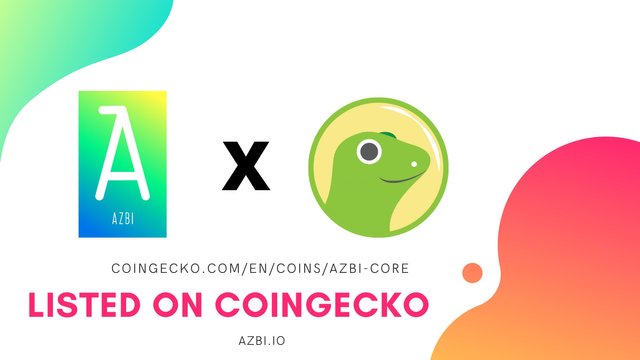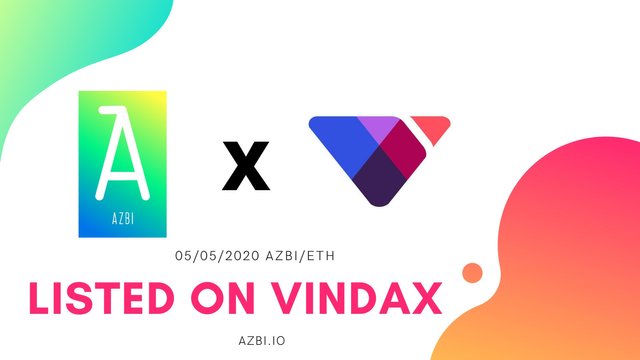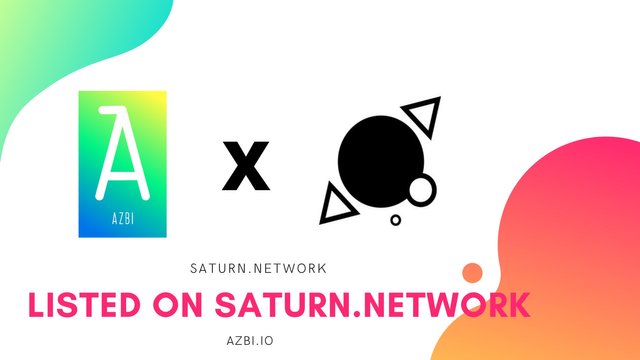
Let's talk about Blockchain. A blockchain is an open and decentralized ledger consisting of a growing list of transactions, which are permanently verifiable and are linked using cryptography, with each block having a cryptographic hash of the previous block, a timestamp, and transaction data. For use as a distributed ledger, a blockchain is typically managed by a peer-to-peer network collectively adhering to a protocol for inter-node communication and validating new blocks. Once recorded, the data in any given block cannot be altered retroactively without alteration of all subsequent blocks, which requires consensus of the network majority.Blockchains are the bedrock of cryptocurrencies. A cryptocurrency (or a digital asset) is a digital asset designed to work as a means of exchange that uses strong cryptography to secure financial transactions, control the creation of additional units, and verify the transfer of assets.Satoshi Nakamoto, in 2009 is touted as the pioneer of the very first cryptocurrency, with his creation of Bitcoin, the alpha crypto. Turing enabled programming language was used in the formation of Ethereum, the second behind Bitcoin in market cap, and the smart contract was introduced. This opened the way for industries to restructure their economics around blockchain. Specialties like the smart contracts are facilitated on Ethereum, which creates the platform to write and deploy distributed applications and blockchain applications . All this ultimately led to the conception and birth of Financial Tech, simply known as Fintech. This has spawned a whole new niche in Finance known as Decentralized Finance or also simply known as Defi. Others such as Cloud computing, Big data, Artificial Intelligence are also areas of FinTech that have been created to support financial opportunities through blockchain. The exchange of assets and funds is finance. Blockchain creates a new economic blueprint that manifests as a digital based currency which is represented through many different cryptocurrencies, or a digital asset that can be seen through the use of a smart contract. Blockchain and digital currency record payment transactions within the distributed ledger based accounting system. Users are able to customise smart contract rules and create a code that complies with the logic they want to dictate the transaction

The Ethereum Virtual Machine
The Ethereum Virtual Machine (EVM) is a sandboxed virtual stack embedded within each full Ethereum node, responsible for executing contract bytecode. Contracts are typically written in higher level languages, like Solidity, then compiled to EVM bytecode. Other languages for writing smart contracts include Vyper and Bamboo. Before Solidity was released, other languages like Serpent and Mutan were used. This means that the machine code is completely isolated from the network, filesystem or any processes of the host computer. Every node in the Ethereum network runs an EVM instance which allows them to agree on executing the same instructions. The EVM is Turing complete, which refers to a system capable of performing any logical step of a computational function. JavaScript, the programming language which powers the worldwide web, widely uses Turing completeness.
THE AZBI NETWORK

The AZBI Network is a next generation, infrastructure level, multiple chain, public system. It has native support and EVM, which creates a scalable and an open platform for the industry’s third party developers. Smart contracts are often written in a programming language called Solidity. Large scaled enterprise level applications are possible with the AZBI Network through the use of smart contracts. Core technologies which underline the AZBI Network include native multiple chain architecture which supports the EVM environment through a POS based consensus across a multiple layer.
As multiple chains become more prevalent the storage capabilities and computer power linearly increases. AZBI Network is the first blockchain that will support EVM on a multiple chain layered structure. The multiple chain approach is far superior than the previous child-chain method which commonly supports smart contracts and benefits by the improved DApp supporting features.
AZBI growth can be seen in a horizontal context with the main and vertical chains acting like child chains; when either creates a new DApp, the child chain is created. This allows the main chain to execute a request which is followed by the generation of a block MP. The new child chain generates an initial node to the MP block which contains the smart contract binary code. When AZBI receives a request on the network it is processed in the network through the generation of the next child block,which is able to grow to the level required within the smart contract being executed. When the smart contracts are upgraded on the chain the newest block generated will carry the binary code for the most recent smart contract.
Azbi is on Coingecko, Vindax and Saturn Network.
About the Author
Joseph Johns is a successful Emergency Medicine Physician and an ardent cryptocurrency and Blockchain connoisseur
Bitcointalk Username: Redkop
Bitcointalk Profile: https://bitcointalk.org/index.php?action=profile;u=2743818






.png)

.png)